Aging Population and Healthcare Demand
The demographic shift towards an aging population in the GCC is significantly influencing the peripheral neuropathy market. As individuals age, the risk of developing neuropathic conditions increases, leading to a higher demand for medical interventions. Reports indicate that by 2030, the proportion of individuals aged 60 and above in the GCC is expected to rise to 15%. This demographic trend necessitates enhanced healthcare services and innovative treatment options for peripheral neuropathy. Consequently, pharmaceutical companies and healthcare providers are likely to focus on developing specialized therapies tailored to the needs of older patients, thereby expanding the peripheral neuropathy market.
Advancements in Diagnostic Technologies
Technological advancements in diagnostic tools are playing a pivotal role in the peripheral neuropathy market. Enhanced imaging techniques and nerve conduction studies are enabling healthcare providers in the GCC to diagnose neuropathy more accurately and efficiently. The introduction of innovative diagnostic devices has the potential to reduce the time taken for diagnosis, allowing for timely intervention. As healthcare facilities adopt these advanced technologies, the overall management of peripheral neuropathy is expected to improve, leading to an increase in treatment uptake and a corresponding growth in the peripheral neuropathy market.
Rising Awareness and Education Initiatives
Increased awareness and education regarding peripheral neuropathy are driving growth in the market. Healthcare campaigns aimed at educating the public about the symptoms and risks associated with neuropathy are becoming more prevalent in the GCC. This heightened awareness encourages individuals to seek medical advice sooner, leading to earlier diagnosis and treatment. As a result, the demand for therapeutic options is likely to increase. Furthermore, healthcare professionals are being trained to recognize and manage peripheral neuropathy more effectively, which could lead to improved patient outcomes and a subsequent rise in the peripheral neuropathy market.
Government Initiatives and Healthcare Policies
Government initiatives aimed at improving healthcare infrastructure in the GCC are significantly impacting the peripheral neuropathy market. Policies that promote research funding and support for chronic disease management are likely to enhance the availability of treatment options for peripheral neuropathy. For instance, recent healthcare reforms in several GCC countries focus on integrating advanced therapies into public health systems. This strategic approach not only aims to improve patient access to care but also encourages pharmaceutical companies to invest in the development of new treatments, thereby fostering growth in the peripheral neuropathy market.
Increasing Prevalence of Neurological Disorders
The rising prevalence of neurological disorders in the GCC region is a critical driver for the peripheral neuropathy market. Conditions such as diabetes, which is known to cause neuropathy, are becoming more common. According to health statistics, the incidence of diabetes in the GCC has reached alarming levels, with estimates suggesting that around 25% of the adult population is affected. This increase in diabetes cases correlates with a higher demand for treatments addressing peripheral neuropathy. As healthcare systems in the GCC adapt to this growing challenge, investments in research and development for effective therapies are likely to rise, further propelling the peripheral neuropathy market.


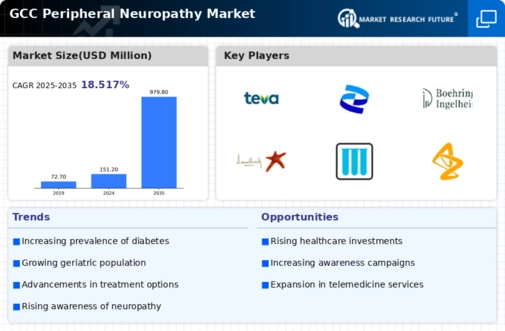
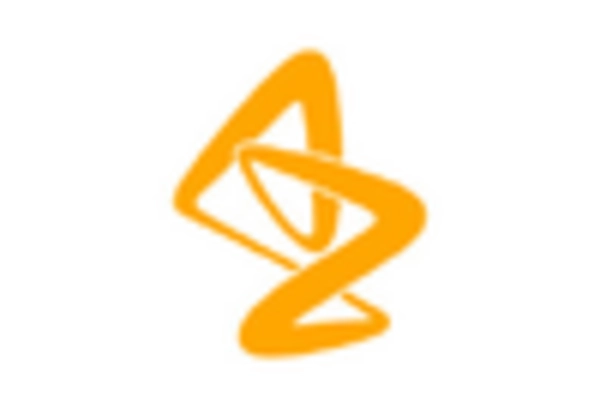
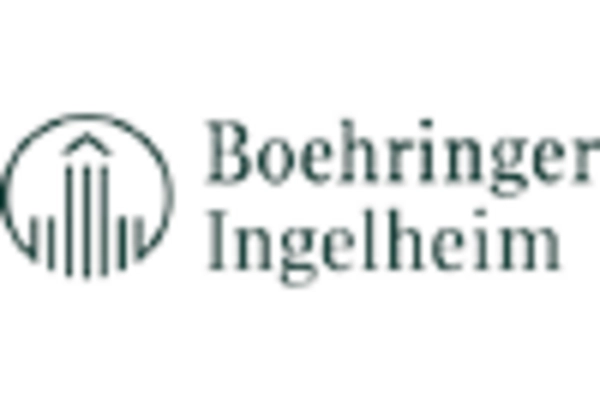
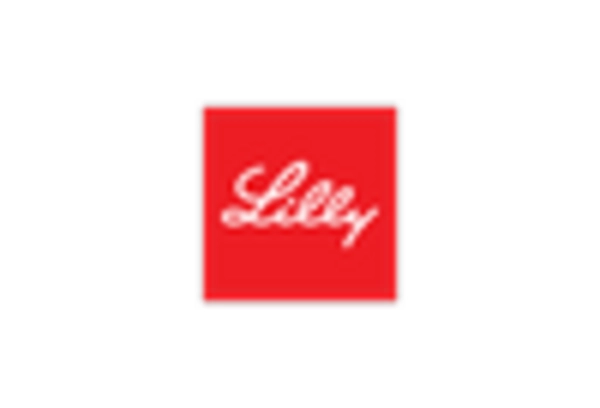

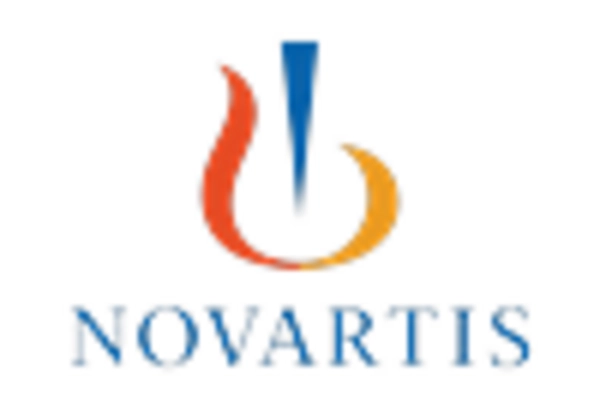
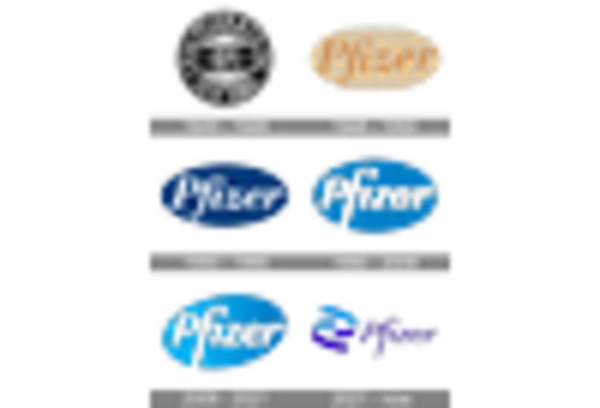








Leave a Comment